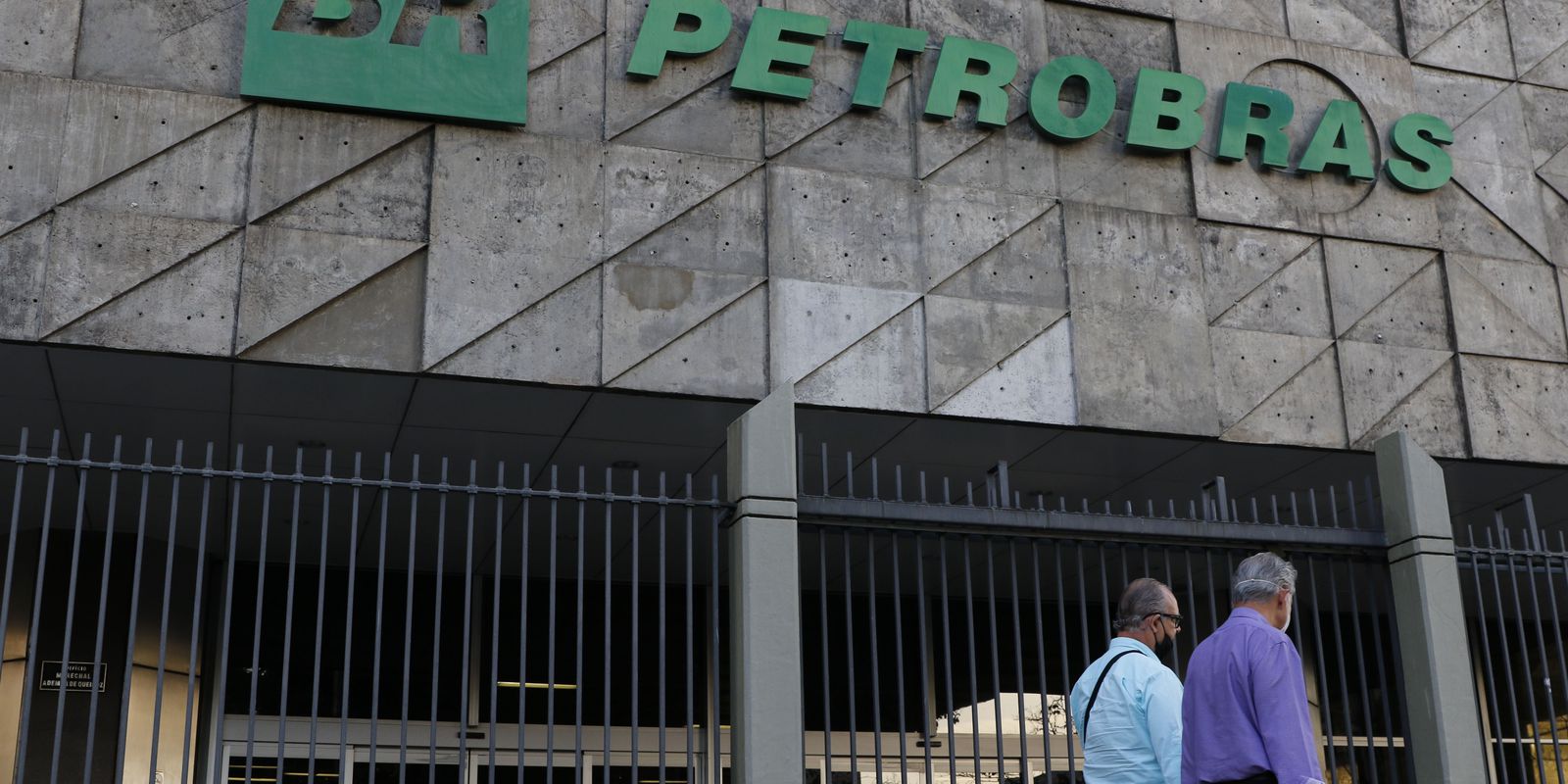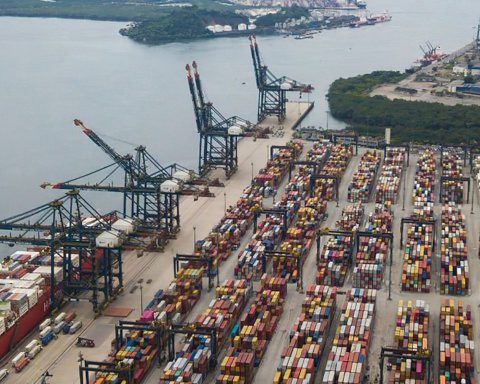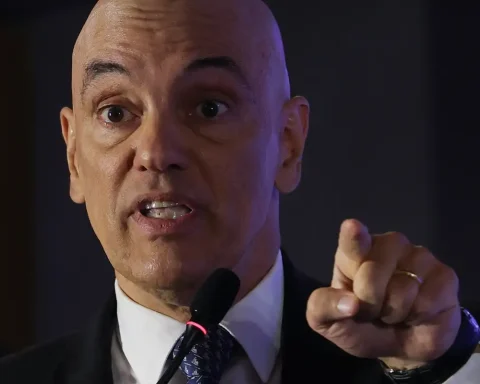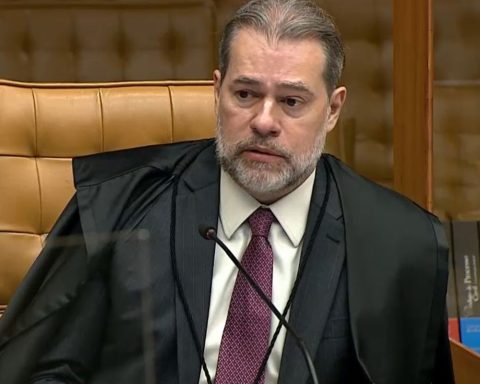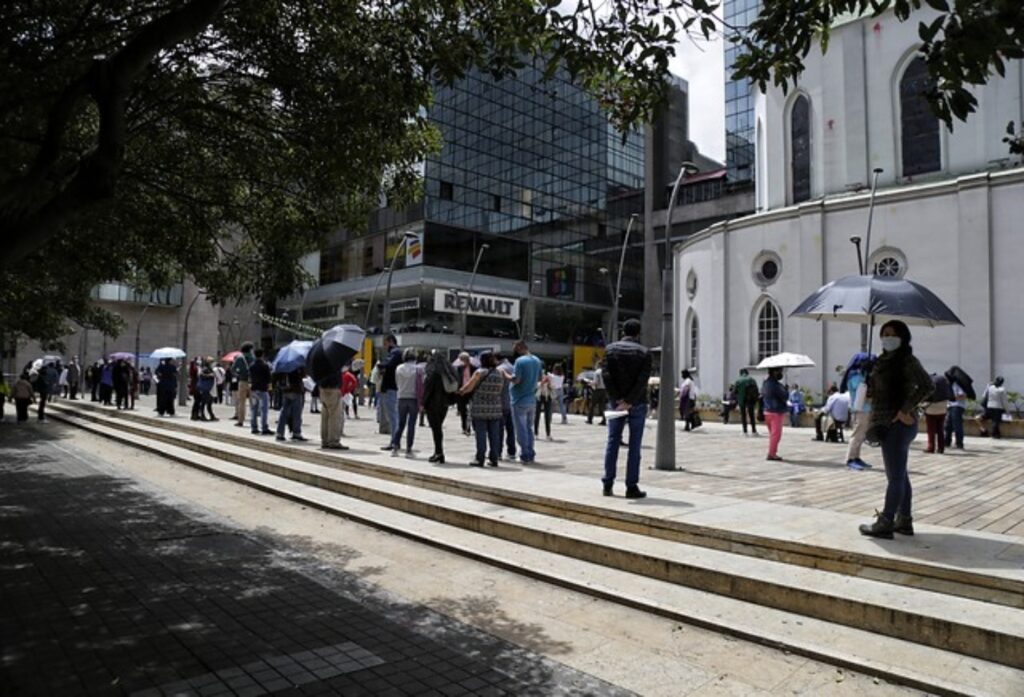Petrobras plans to invest US$ 78 billion (about R$ 400 billion) over the next five years. The value of the investment, which considers only Capex (capital expenses), is in the company’s Strategic Plan for the period from 2023 to 2027, disclosed last night (30).
The Capex value is 15% higher than the previous plan (2022-2026), which had been US$ 68 billion, higher than the average of the last five strategic plans (US$ 72 billion).
The 2023-2027 Strategic Plan also provides for US$ 20 billion in new platform charters, which brings the value of resources in projects to almost US$ 100 billion, or more than half a trillion reais.
“Petrobras’ new PE maintains the vision of being the best energy company in generating value with a focus on oil and gas, sustainability, safety and respect for people and the environment, preserving a healthy level of indebtedness, reducing emissions of carbon and an effective contribution by Petrobras to a prosperous and sustainable future”, informs Petrobras in a note.
Of the total US$78 billion, US$64 billion (83% of Capex) will be invested in exploration and production. The pre-salt will receive most of these resources, as it should account for 78% of all Petrobras production in 2027, according to the company.
In the Búzios field alone, in the Santos Basin, whose production should grow from 600,000 barrels of oil per day in 2023 to 2 million in 2027, US$ 23 billion should be invested.
The Equatorial Margin, a new exploratory frontier located in the north and northeast of the Brazilian coast, in a strip that extends from Amapá to Rio Grande do Norte, will also receive investments: around US$ 3 billion.
The refining and natural gas area will increase its Capex by around 30% compared to the previous plan, totaling US$ 9.2 billion between 2023 and 2027
A further US$ 3.7 billion will be invested in decarbonization projects (that is, the reduction of greenhouse gas emissions), US$ 600 million in renewable biodiesel and aviation biokerosene projects.
Within the scope of the energy transition, that is, towards a low-carbon economy, three new businesses were identified: hydrogen, offshore wind and carbon capture.
